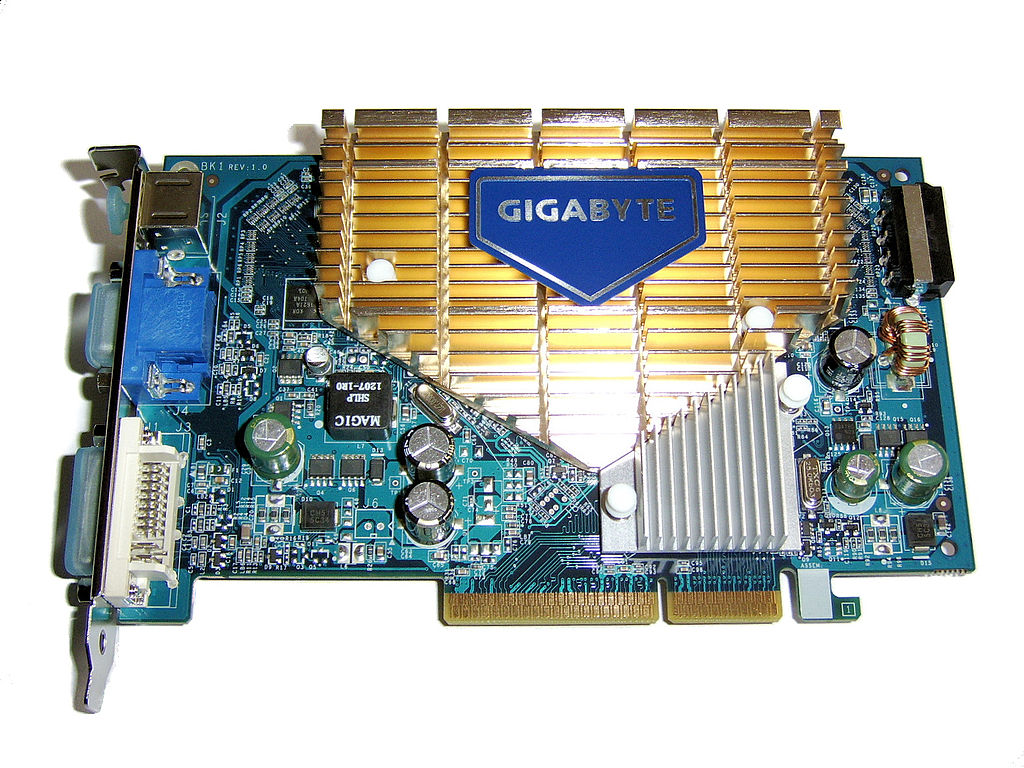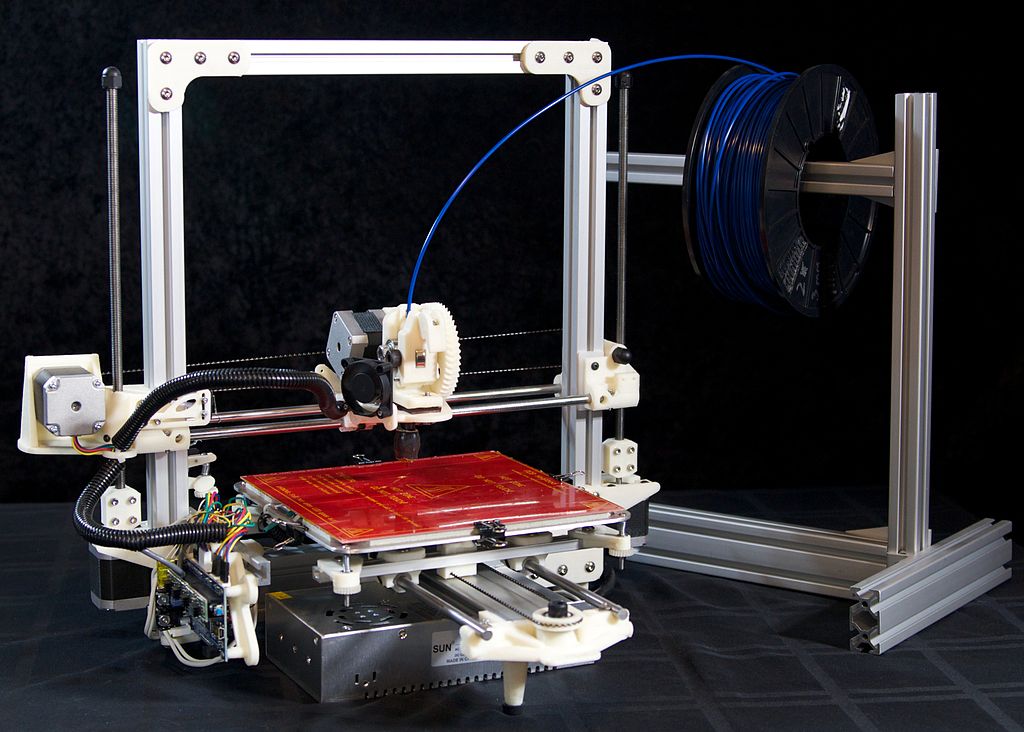You don’t have to spend much time speaking with video game enthusiasts to discover that graphics cards are a frequent topic of conversation. In addition to gamers, multimedia producers, especially animators, and cryptocurrency miners continually seek out graphics cards with greater processing power. They do this because they want cards that can quickly manage increasingly complex and detailed images. As a result, the world of graphics cards never plateaus. Chip and computer component manufacturers constantly produce new cards with greater processing speeds.
Basic Purpose Of A Graphics Card
Inside a desktop or laptop computer, the central processing unit (CPU) must display information visually on the monitor so that you can interact with it. Visual signals must be translated into millions of pixels, or dots of color, on the screen. These visual signals continually change during video playback and video gameplay.
The sheer volume of information needing interpretation into pixels would overwhelm the CPU that is already busy doing everything else for the computer. This is where the graphics card comes in. It is a separate component with its own chip that is dedicated to delivering the visual part of the experience to the monitor. The graphics card prepares the signals coming from whatever software is running and activates pixels on the screen.
Why Do Graphics Cards Become Obsolete?
Top-of-the-line graphics cards manage the ongoing display of pixels at the fastest rates possible. As these graphic computing capabilities increase, video game developers push the envelope and make games with imagery with higher resolution and detail.
As new, more advanced video games hit the market, gamers discover that their current computers lack the graphics processing power to display the game environment. The resulting frustration motivates people to acquire the latest graphic cards.
Competitive pressures among gamers, both amateur and professional, contribute to this graphics card arms race. If your computer can display visuals at a faster rate than your game opponents, then you have a better chance of winning.
The speed of the most advanced graphics cards also enticed cryptocurrency miners to outfit their computers with them. Similar to gamers’ desire for more visual speed, cryptocurrency miners could adapt the cards to process transactions faster in their quest for profits.
However, recent changes in cryptocurrency transaction processing and cryptocurrency values have shifted miners away from graphics cards. Their reduced demand for the products is expected to relieve upward price pressure on the components. Previously, miners and gamers had competed for limited supplies, which resulted in price spikes.
Why Do Graphics Cards Wear Out?
Video game players are known for playing for very long hours. Their computers must operate at the peak of their capabilities for 8, 10, or 12 hours at a time. Very often, these gaming machines perform these functions day after day. The constant flow of energy through the circuitry creates heat. Despite cooling fans inside computers, the heat wears on chips and other components until performance suffers.
Price normally reflects how long a graphics card can last under extreme conditions. More expensive ones should outlive their cheaper counterparts and manage visuals faster as well. Because replacing a card costs hundreds of dollars or even a thousand dollars, people may encounter problems as they try to get more time from their existing system.
A sure sign that your graphics card needs to retire is the ability to operate new video games. After roughly three years, you can expect your graphics card to disappoint you when you try to run a new game.
Even if you don’t buy a new game, your card that once treated you well will eventually fail. You will start to see glitches in your graphics, like the screen freezing briefly or artifact images lingering on the screen. Computer crashes will start to occur more often. Although multiple issues can cause the dreaded “blue screen of death,” an over-the-hill graphics card is high on the list.


